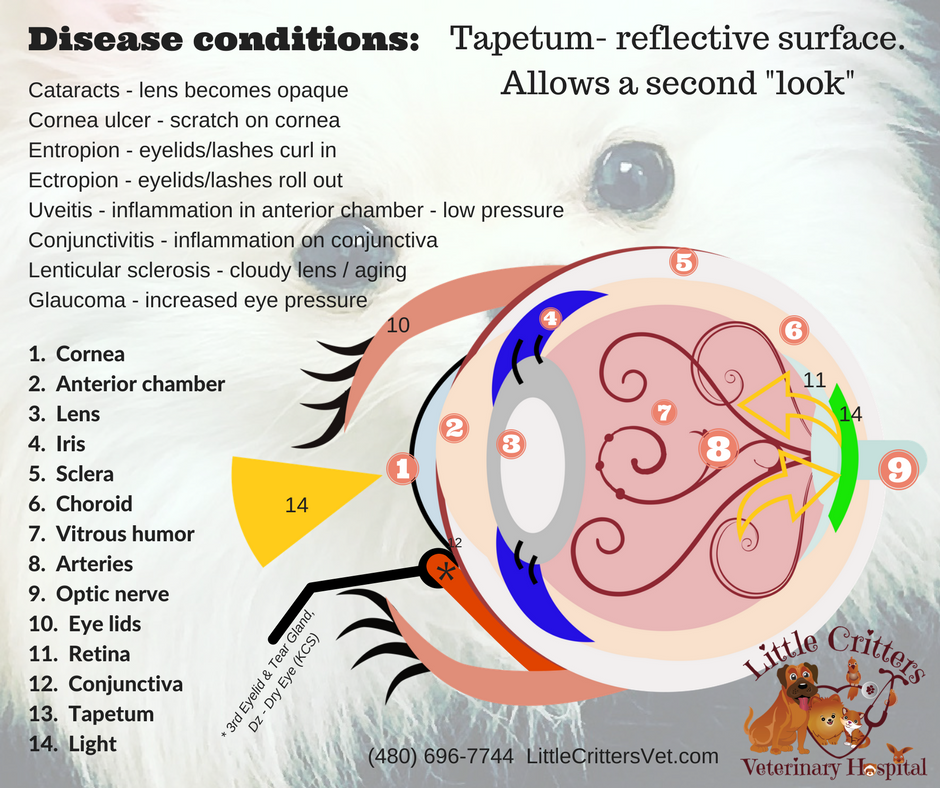|
Dry Eye (KCS – keratoconjunctivitis sicca)

Comprehensive Guide to Managing Canine Keratoconjunctivitis Sicca (KCS)
Keratoconjunctivitis Sicca (KCS), more commonly known as "dry eye," is a prevalent condition in dogs that can lead to discomfort, corneal damage, and vision loss if not properly managed. This guide provides an in-depth look at KCS, including its causes, symptoms, diagnostic methods, and treatment options.
What is Canine KCS?
KCS in dogs is a condition characterized by decreased tear production, leading to dry, inflamed eyes. This lack of adequate tear film results in irritation, potential infection, and can severely affect the health of the cornea.
Causes of KCS
KCS can arise due to various factors:
- Immune-mediated Destruction: The most common cause where the dog's immune system attacks the tear-producing glands.
- Drug-Induced: Certain medications, like sulfonamide antibiotics, can reduce tear production.
- Congenital Lack of Glands: Some breeds may be born with inadequate tear-producing glands.
- Infectious Diseases: Conditions like canine distemper can damage the tear glands.
- Neurogenic Causes: Damage to the nerves that stimulate tear production can lead to KCS.
Symptoms of KCS
Recognizing the signs of KCS is crucial for early intervention:
- Chronic Redness: Persistent redness of the eye due to irritation.
- Thick Discharge: A noticeable increase in mucus or pus-like discharge from the eyes.
- Corneal Dullness: The cornea may appear dull or cloudy instead of shiny and clear.
- Rubbing or Blinking: The dog may frequently rub its eyes due to discomfort or blink excessively.
Diagnosis of KCS
Diagnosing KCS involves a few key steps:
- Schirmer Tear Test (STT): A diagnostic test that measures the rate of tear production using a special paper strip placed under the eyelid.
- Complete Ophthalmic Examination: A thorough examination of the eye, including evaluation of the cornea, conjunctiva, and surrounding tissues.
- Additional Testing: In some cases, further tests like fluorescein staining to check for corneal ulcers or blood tests to rule out systemic diseases may be necessary.
Treatment Options for KCS
Effective management of KCS often requires lifelong treatment:
- Tear Stimulants: Drugs like cyclosporine or tacrolimus are commonly used to increase natural tear production.
- Artificial Tears: Regular application of artificial tear solutions or ointments to help maintain eye moisture.
- Anti-Inflammatory Medications: Topical steroids may be used to reduce inflammation, but they must be used cautiously under veterinary supervision.
- Antibiotics: If a secondary bacterial infection is present, appropriate antibiotic treatment will be necessary.
- Surgical Options: In severe cases where medical management is ineffective, surgical procedures like parotid duct transposition may be considered.
Managing Canine KCS
Management of KCS is ongoing and typically involves:
- Regular Veterinary Visits: Monitoring the condition closely with regular check-ups is essential for adjusting treatment as needed.
- Consistent Application of Medications: Adherence to the prescribed treatment regimen is crucial for maintaining eye health and comfort.
- Environmental Modifications: Reducing exposure to dust, wind, and irritants can help alleviate symptoms.
Summary
Canine KCS is a significant condition that can affect a dog's quality of life and vision. Early detection and consistent management are key to preventing complications associated with this disease. Owners of dogs with KCS should work closely with their veterinarian to develop a tailored treatment plan that addresses the specific needs of their pet. With proper care, most dogs with KCS can lead comfortable and visually rewarding lives
|